HTSI editor’s letter: how to spend it wisely
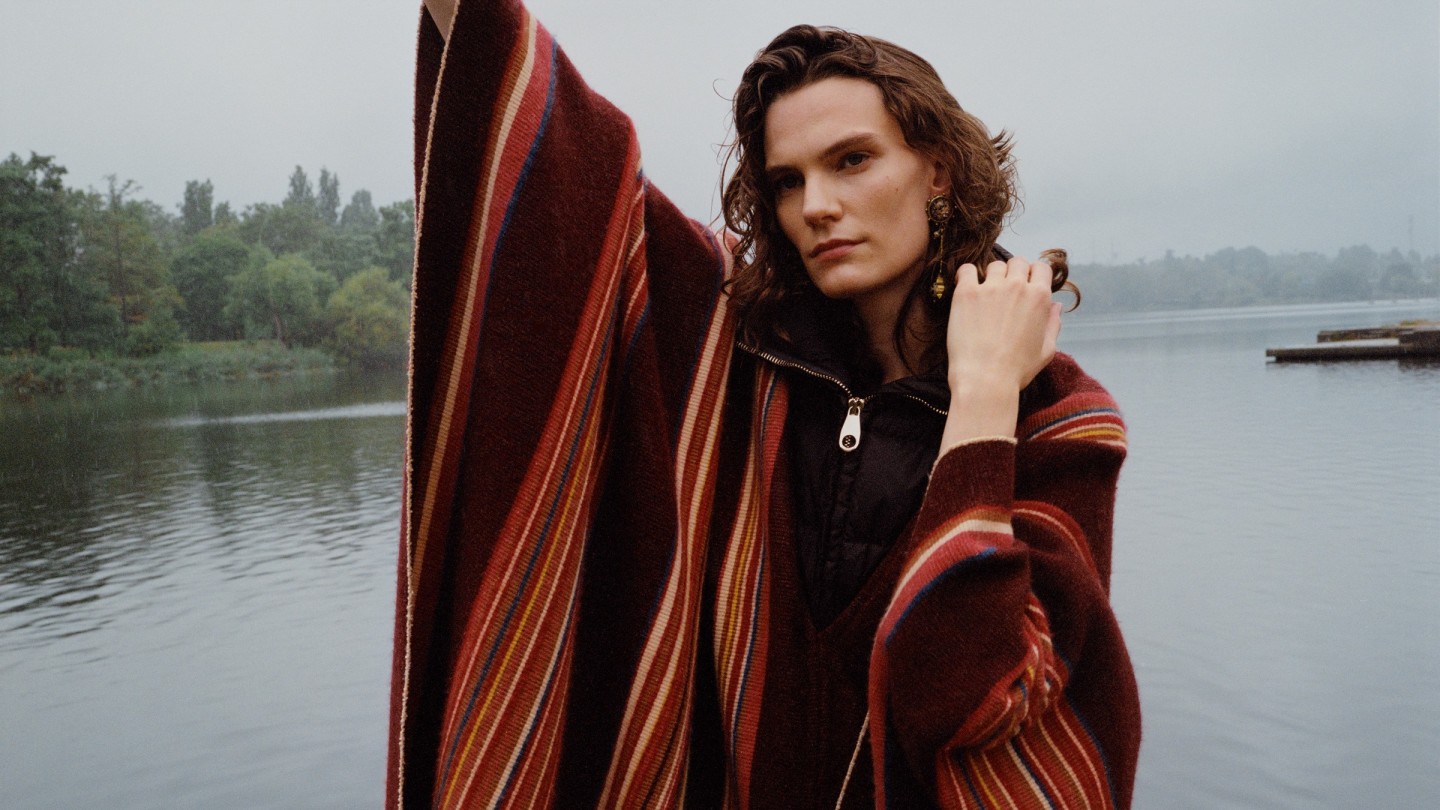
Simply sign up to the Style myFT Digest -- delivered directly to your inbox.
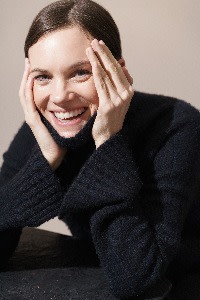
There are no doubt many, many points of difference between HTSI readers as to what constitutes a wise investment. But there are few who would argue against the value of buying books. I grew up in a family where the only point on which there was a consensus regarding the household budget was that any one of us should be able to buy, or borrow, as many books as they could read. Weekends would often involve outings to different independent booksellers where we would load up on titles; the browsing, the choosing and the opportunity to hunker down between the book aisles became a kind of ritual.
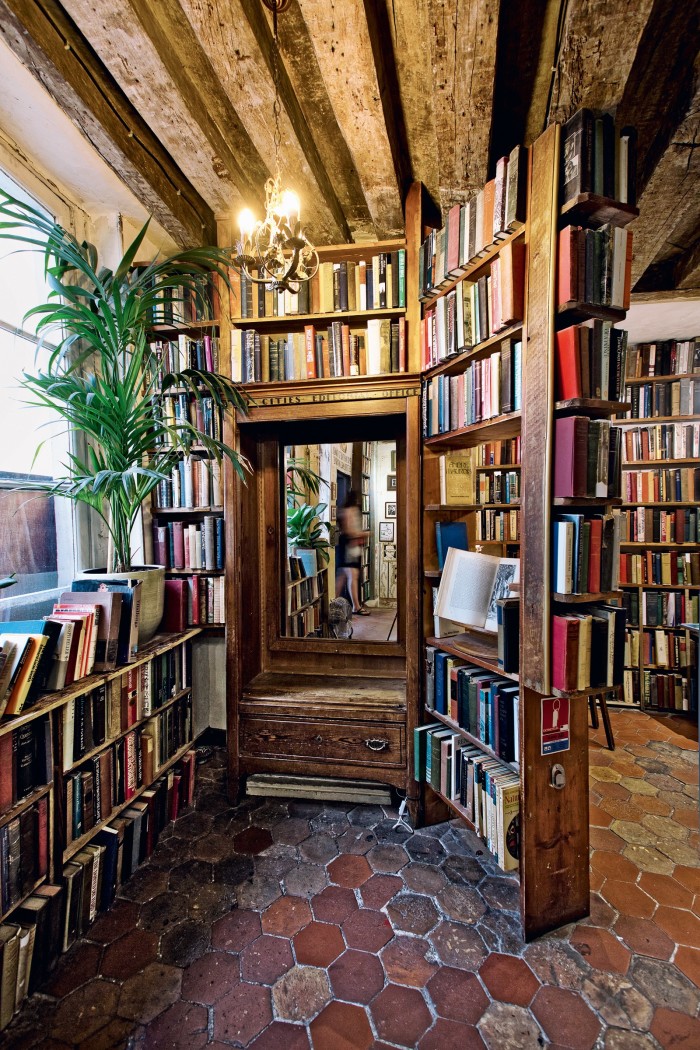
Whatever about Amazon and the culture of expedience, bookshops are still a wonderful place to spend time in. Baya Simons has undertaken a quest to find the world’s best, as recommended by FT writers, and her list transports us from a community arts centre in Lagos to the “tumbleweed” eccentricity of Shakespeare and Company in Paris. While we have, I hope, included many favourites, there will be others that won’t have made the cut. Be sure to add your comments so that we can publish a later edit of those stores we might have missed.
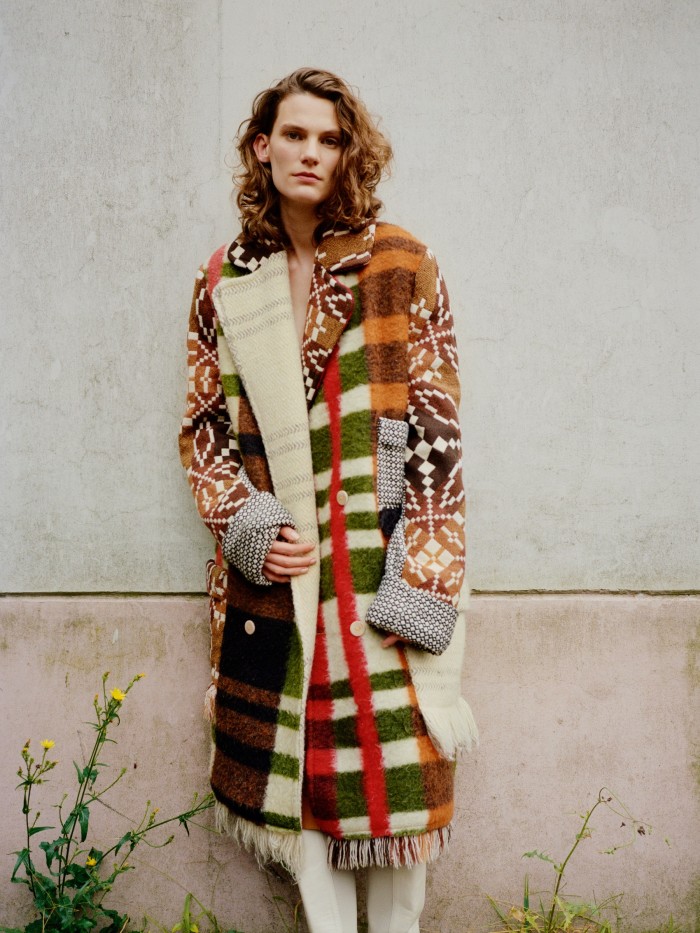
For most people, spending it wisely means making considered choices and investments that will prove healthy and enduring. This issue embraces that ethos, while also looking at some of the innovative consumer options that have arisen in recent years. From the burgeoning rental market to the good gem guide or cruelty-free beauty, we’ve tried to shine a light on the steps being taken by creatives taking a more responsible approach. Fashion especially is currently the bogeyman of environmental impact, and brands have been playing a furious game of catch-up in their efforts to make some kind of repair. A few designers, however, have proven to be environmental leaders.
Since arriving at Chloé, Gabriela Hearst has put environmental consideration at the heart of her operations, and her efforts to minimise waste, be more considerate of raw materials and develop new and less toxic or polluting products have turned her into a cheerleader for industry-wide change. This week the Richemont-owned Chloé was awarded a B Corporation status, making it the first luxury brand to be noted for its efforts to meet stringent sustainability goals from products to social impact to the supply chain, operations and beyond.
Equally laudable, Bethany Williams founded her namesake fashion label in 2017 with an impact-first approach. As well as upcycling many of the materials she uses in her collections, she promotes social manufacturing (working with communities struggling to find employment), uses plastic- free packaging and pays a London Living Wage. Both designers feature in our fashion shoot “Autumn fashion for the more considerate consumer”, where we tried to use only recycled, sustainably made or upcycled textiles. Putting together a shoot in which such criteria were mandatory was still far harder than might have been expected. Despite much noise in the industry about trying to make things better, finding garments that are 100 per cent sustainable is still an unexpected challenge.
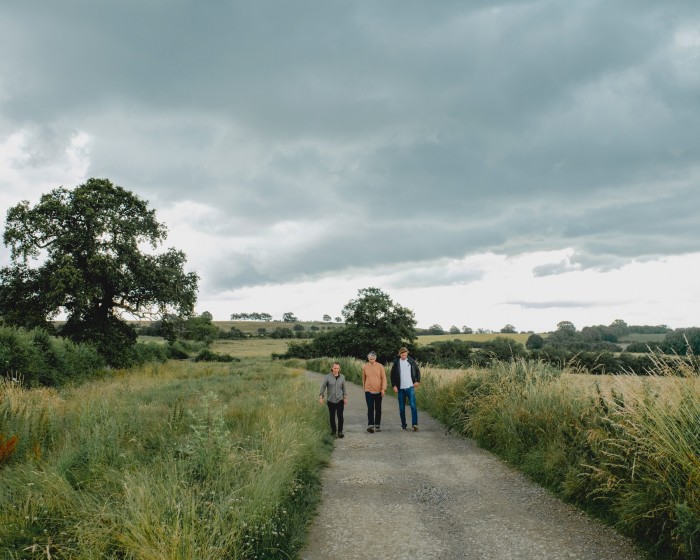
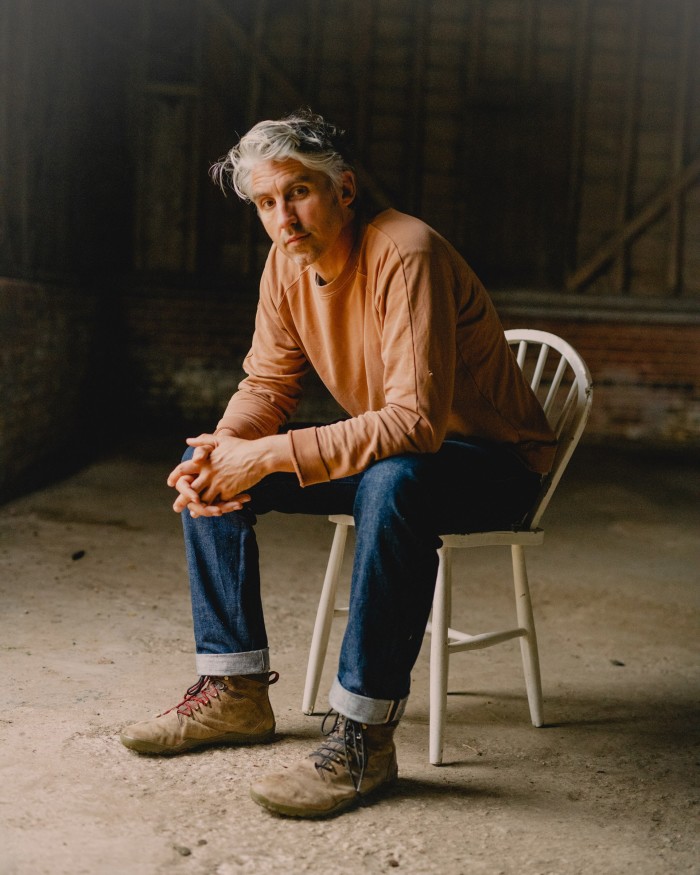
The food business has been ahead of many industries when it comes to finding a new path. The trio starring on our cover this weekend are an unlikely marriage of musician, TV personality and investor, but were brought together serendipitously when each became obsessed with food production and the damage we are doing to the soil. With their Wildfarmed project, Andy Cato, George Lamb and Edd Lees have created what they hope will be a blueprint for a new market in “population wheat” and a distribution model they hope will take food activism beyond the hipster market and all the way to the big bakery chains. It’s an ambitious project, but now with 97 stockists, we might soon find ourselves eating more Wildfarmed wheat than we expect.
For the best of How To Spend It straight into your inbox, sign up to our newsletter at ft.com/newsletters
Comments